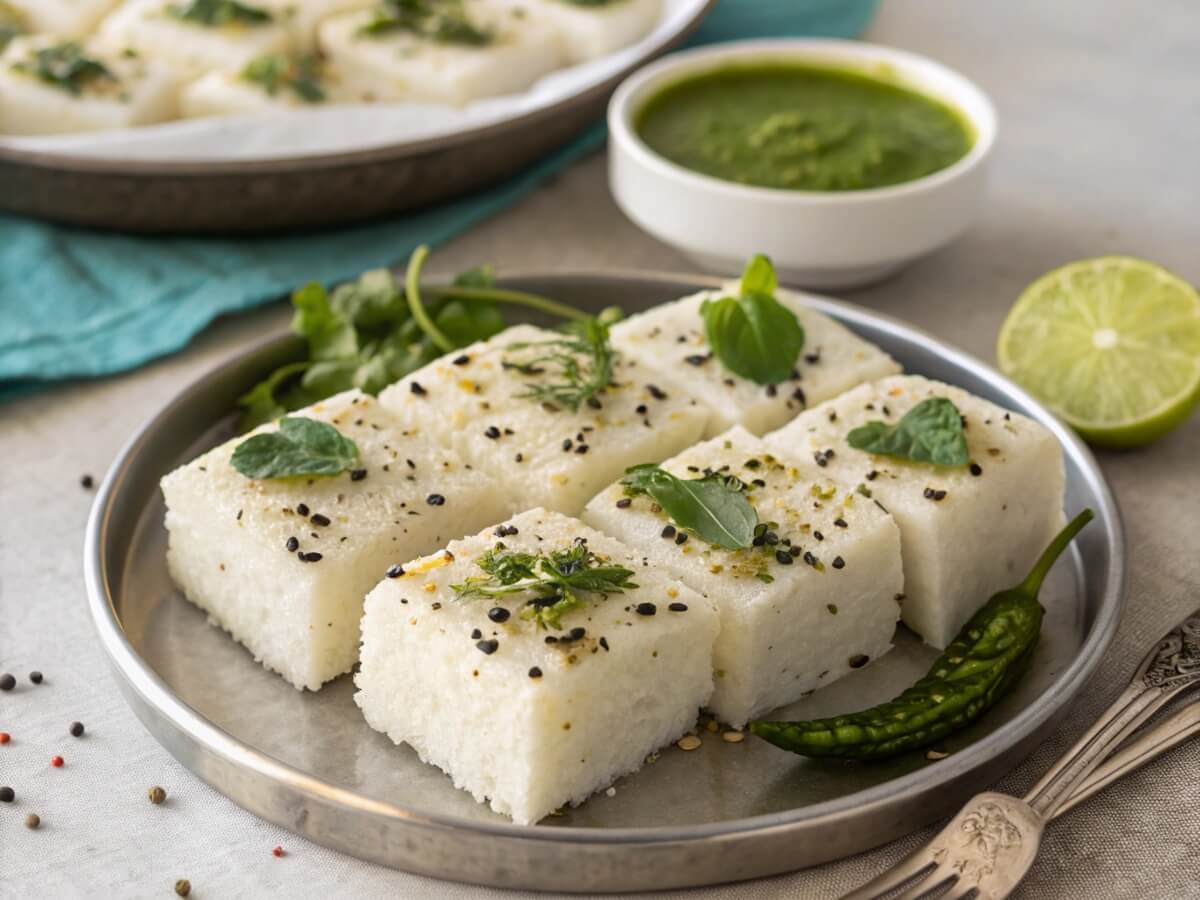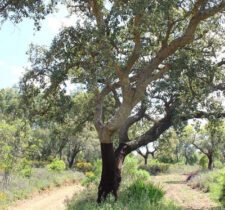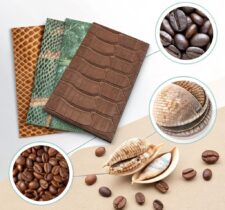Khatta Dhokla is a famous Gujarati snack that combines tangy and spicy flavors. This steamed savory cake is made from rice and urad dal. People eat it for breakfast or as an evening snack with green chutney. You can make Khatta Dhokla at home with simple ingredients. Many Gujarati families have passed down their secret recipes through generations.
Unlike the instant Dhokla Dhokla from besan (gram flour), Khatta Dhokla needs fermentation, which gives it a slightly sour taste. That’s why it’s called “Khatta” (sour) DhoklaDhoklaany Gujarati homes; this dish appears during festivals and family gatherings. The yellow steamed cake, tempered with mustard seeds, curry leaves, and green chilies, looks beautiful and tastes fantastic.
What are the Ingredients for the Khatta Dhokla Gujarati Recipe?
The main ingredients for Khatta Dhokla include rice and urad dal (split black gram) in equal amounts. You need to soak them separately for 4-5 hours before grinding. Other key ingredients include:
- 1 cup rice (regular or parboiled)
- 1 cup urad dal (split and without skin)
- 1 tablespoon Eno fruit salt or two teaspoons baking soda
- 1 teaspoon turmeric powder
- 1 tablespoon ginger-green chili paste
- 1 tablespoon oil
- 2 teaspoons salt or to taste
- Water as needed for grinding
For tempering, you need:
- 2 tablespoons oil
- 1 teaspoon mustard seeds
- 1 teaspoon cumin seeds
- 8-10 curry leaves
- 2-3 green chilies, slit
- 2 tablespoons freshly grated coconut (optional)
- 2 tablespoons chopped coriander leaves
- 1 teaspoon sugar
- 2 tablespoons lemon juice
The ingredients are basic and found in most Indian kitchens. The success of this recipe depends on proper fermentation and steaming. Many peds a pinch of asafoetida (hing) to improve digestion and enhance flavor.
Step-by-Step Guide to Make Khatta Dhokla Gujarati Recipe
Soaking and Grinding Process
Wash 1 cup of rice and 1 cup of urad dal separately. Soak them in water for 4-5 hours or overnight. After soaking, drain the water completely. First, grind the urad dal with minimal water to make a smooth paste. Then, grind the rice with water to get a slightly coarse paste. Mix both pastes in a large bowl.
Add salt to the batter and mix well. Cover the bowl with a cloth and keep it warm for 8-10 hours or overnight for fermentation. The batter will rise and become slightly sour. Fermentation is crucial as it gives the dhokla a distinctive tangy taste.
Preparing the Dhokla Batter
After fermentation, check if the batter has doubled in size and has a slightly sour smell. Add turmeric powder and ginger-green chili paste to the batter. Mix everything well. Now, prepare the steamer by heating it with water.
Take a flat-bottomed container and grease it with oil. Add Eno fruit salt or baking soda to the batter before steaming. Pour 1-2 tablespoons of water over the Eno and mix quickly. The batter will become frothy. Immediately pour the batter into the greased container, filling it only halfway as the dhoklaDhoklarise during steaming.
Steaming the Dhokla
Place the container in the preheated steamer. Cover with a lid and steam on medium heat for 15-20 minutes. Insert a toothpick to check if the dhoklaDhoklane. If it comes out clean, the dhoklaDhoklaady. Please switch off the heat and let it rest for 5 minutes before removing from the steamer.
Allow the dhokla Dhoklato to be right before cutting it into diamond or square shapes. Use a sharp knife for clean cuts. DoPlease doot remove the dhoklaDhoklathe container immediately after cutting a,s it might break.
Preparing the Tempering
Heat oil in a small pan. Add mustard seeds and let them splutter. Add cumin seeds, curry leaves, and green chilies. Cook for about 30 seconds until fragrant. Add 2-3 tablespoons of water, sugar, and lemon juice. Mix well and let it boil for a minute.
Pour this tempering evenly over the cut dhokla pieces. The hot tempering will be absorbed by the dhoklaDhoklang, which is more flavorful. Garnish with freshly grated coconut and chopped coriander leaves.
Variations of Khatta Dhokla Recipe
White Khatta Dhokla
This version doesn’t use turmeric powder, resulting in a white dhokla. Some people prefer this version for religious occasions. The taste remains the same, but the appearance changes.
Masala Khatta Dhokla
For a spicier version, add more green chilies and ginger. Some people add a pinch of red chili powder to the batter for extra heat. The tempering can include asafoetida and dried red chilies for enhanced flavor.
Instant Khatta Dhokla
If you’re short on time, use readymade idli batter with some yogurt. Add Eno fruit salt just before steaming. While not traditional, this quick version saves time and maintains a decent taste.
Traditional Pulao Recipe to Pair with Khatta Dhokla Gujarati Recipe
While Khatta Dhokla is typically served with chutney as a snack, pairing it with a light pulao can make a complete meal. Here’s a simple pulao recipe that complements the tangy flavor of dhokla:
Ingredients for Simple Vegetable Pulao
- 2 cups basmati rice
- 1 cup mixed vegetables (carrots, peas, beans)
- 1 large onion, thinly sliced
- 2 tomatoes, chopped
- 1 tablespoon ginger-garlic paste
- 2 green chilies, slit
- 1 bay leaf
- 1 inch cinnamon stick
- 4 cloves
- 4 cardamom pods
- 1 teaspoon cumin seeds
- 1/4 teaspoon turmeric powder
- 1 teaspoon red chili powder
- 1 teaspoon garam masala
- 3 tablespoons oil or ghee
- Salt to taste
- 4 cups water
- Fresh coriander leaves for garnish
Cooking Method
Wash the rice thoroughly and soak it in water for 30 minutes. Drain and keep aside—heat oil or ghee in a pressure cooker or a deep pan. Add the spices (bay leaf, cinnamon, cloves, cardamom) and cumin seeds. Let them splutter.
Add sliced onions and sauté until golden brown. Add ginger-garlic paste and green chilies. Cook for a minute until the raw smell disappears. Add chopped tomatoes and cook until they turn soft and mushy.
Add the mixed vegetables and sauté for 2-3 minutes. Add turmeric powder, red chili powder, and salt. Mix well. Add the drained rice and gently mix with the vegetables without breaking the rice grains.
Add water and bring it to a boil. If using a pressure cooker, close the lid and cook for two whistles. If using a pan, cover with a lid and cook on low heat until the rice is done and all the water is absorbed. Sprinkle garam masala and mix gently.
Garnish with fresh coriander leaves. Serve hot with Khatta Dhokla for a complete meal. The mild flavor of pulao balances the tangy taste of dhoklaDhoklactly.
Tips for Perfect Khatta Dhokla Every Time
Getting the Right Consistency
The batter should be thick, like buttermilk—not too thick or runny. If it’s too thick, the dhoklaDhoklaes will be dense. If it is too runny, it will not be set correctly. Add water gradually while grinding to achieve the right consistency.
Fermentation Tips
Place the batter in a warm spot to speed up fermentation. In winter, you can preheat the oven for a minute, switch it off, and then place the batter inside with the door closed. In summer, normal room temperature works fine.
The fermentation time varies based on weather conditions. In hot weather, 6-8 hours might be enough, while it might take 10-12 hours or more in colder conditions. The batter should almost double in volume and have a slightly sour smell.
Steaming Techniques
Please ensure the steamer is preheated before placing the dhokla container. Steam on medium heat, not high, to ensure even cooking. If the heat is too high, the dhoklaDhokla cocooksrom will be outside but remain cooked inside.
Don’t open the lid during steaming as the sudden temperature change might cause the dhoklaDhoklank. Steam for the recommended time and then check with a toothpick. If it comes out clean, the dhoklaDhoklaady.
Common Mistakes to Avoid When Making Khatta Dhokla Gujarati Recipe
Many people face issues while making Khatta Dhokla for the first time. Here are some common mistakes and how to avoid them:
Not Fermenting Properly
Insufficient fermentation leads to dense and complex dhoklaDhoklays. To ensure proper fermentation, check if the batter has doubled and has a slightly sour smell. In winter, you might need to extend the fermentation time.
Adding Too Much Eno or Baking Soda
While these raising agents help the dhoklaDhoklae soto become fluffy, adding too much can give it a soapy taste. Stick to the recommended amount: 1 tablespoon Eno for 2 cups of batter or two teaspoons of baking soda.
Overcooking or Undercooking
Overcooking makes the dhoklaDhokland rubbery while undercooking leaves it soggy in the center. Steam for the correct time, and always check with a toothpick before removing it from heat.
Not Greasing the Container Properly
If the container isn’t greased well, the dhokla will stick to the bottom and sides, making removal difficult. Use oil generously to grease the container, especially the corners.
Cutting the Dhokla Too Soon
If you cut the dhokla after steaming, it might break or crumble. Let it cool for 5-10 minutes before cutting. Use a sharp knife and make clean cuts to get perfect pieces.
Khatta Dhokla is a delicious and nutritious Gujarati dish worth the effort. The fermentation process might take time, but the result is a spongy, tangy, and flavorful snack that everyone will love. Pair it with green chutney or the vegetable pulao recipe shared above for a complete meal.
Don’t be discouraged if your first attempt isn’t perfect. Like all traditional recipes, mastering Khatta Dhokla takes practice. Pay attention to the fermentation process, batter consistency, and steaming time. Soon, you’ll be making perfect Khatta Dhokla every time.
Remember, the beauty of homemade Khatta Dhokla lies in its simplicity and the love you put into making it. So gather your ingredients, follow the steps carefully, and treat yourself and your family to this authentic Gujarati delight.
Health Benefits of Khatta Dhokla
Khatta Dhokla isn’t just tasty, it’s also good for your health. The fermentation process creates probiotics that help your gut. This makes dhoklaDhoklar to digest compared to many other snacks. Here’s why this Gujarati delicacy is a nutritious choice:
Rich in Protein
The combination of rice and urad dal provides complete protein. Urad dal is exceptionally high in protein, making dhoklaDhoklad an option for vegetarians. One serving of dhoklaDhoklat (two pieces) contains roughly 5-6 grams of protein, which helps build muscle and keeps you full longer.
Low in Calories
Unlike fried snacks, dhokla is a cooking method that keeps the calorie count low while maintaining the taste. A typical serving of khatta dhokla contains about 150-180 calories, making it a wise choice for weight-conscious people.
The absence of excessive oil makes it heart-friendly. Only a small amount of oil is used in the tempering, not one main dish. This makes dhoklaDhoklable for those watching their fat intake or managing heart conditions.
Good Source of Probiotics
The fermentation process creates natural probiotics that support gut health. These good bacteria help with digestion and boost the immune system. Regularly consuming fermented foods like khatta dhokla can improve gut flora and overall health.
Many digestive problems get better with regular intake of probiotic-rich foods. The slightly sour taste of khatta dhokla comes from this healthy fermentation process.
Serving Suggestions for Khatta Dhokla
While khatta dhokla tastes excellent, pairing it with the right accompaniments enhances the experience. Here are some traditional and modern serving ideas:
Traditional Accompaniments
Green Chutney: The most popular pairing is mint-coriander chutney. The freshness of the herbs complements the tangy dhoklaDhoklactly. To make it, blend coriander leaves, mint leaves, green chilies, lemon juice, salt, and a bit of sugar until smooth.
Sweet Tamarind chutneys: The sweet and sour flakey tamarind contrasts with dhokla. Dhoklacan is made by boiling tamarind pulp with jaggery and adding spices like cumin powder, red chili powder, and salt.
Garlic Chutney: For those who love intense flavors, garlic chutney made with dried garlic, red chilies, and coconut is an excellent choice. The spicy punch elevates the mild flavor of dhokla.
Modern Pairings
Yogurt Dip: A cool yogurt dip with mint and cucumber makes a refreshing accompaniment, especially in summer. It balances the tanginess of dhoklaDhoklaits creamy texture.
Tomato Soup: In winter, serving hot tomato soup with dhokla pieces is comforting. The acidity of tomatoes complements the subtle flavor of dhokla.
Cheese Spread: For fusion food lovers, a light cheese spread with herbs can be an interesting pairing with dhokla. The creamy cheese creates a nice contrast with the spongy texture.
Presentation Ideas
Dhokla looks more appetizing when presented well. Here are some presentation tips:
- Arrange dhokla pieces on a plate lined with banana leaves for a traditional look.
- Place different chutneys in small bowls around the dhokla.
- Sprinkle extra tempering and freshly grated coconut just before serving.
- Garnish with fresh coriander leaves and pomegranate seeds for a pop of color.
- Serve in individual portions with a toothpick for easy eating at parties.











